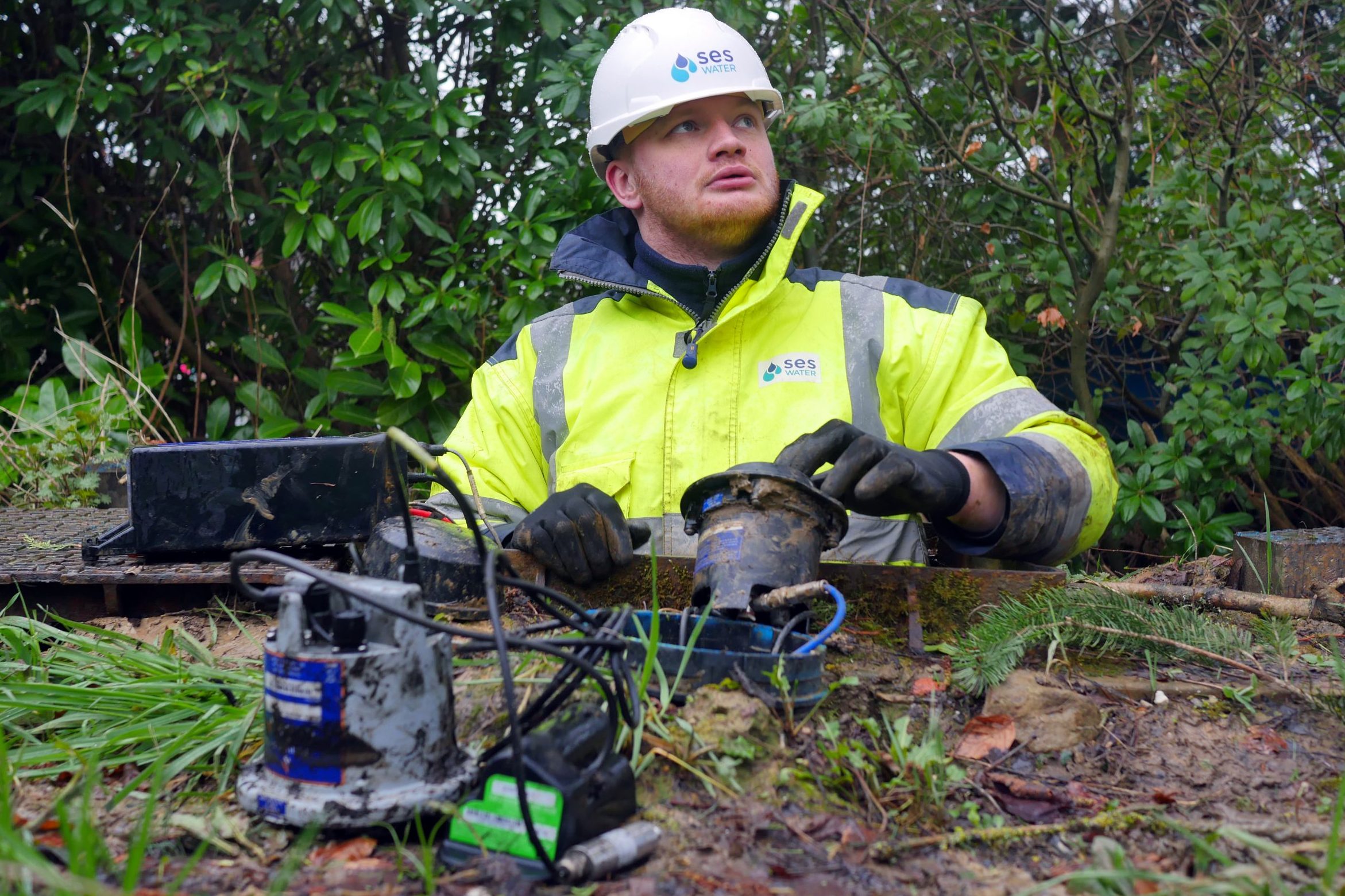
Vodafone has doubled the number of sites in its Narrowband IoT (NB-IoT) network to meet the increasing demand for Internet of Things (IoT) services.
- Vodafone Narrowband Internet of Things (NB-IoT) coverage to reach 98% of the Vodafone UK network.
- Coverage increased in line with growing demand for IoT services from customers across the country.
- Network expansion supports ongoing Vodafone investments in IoT platforms and services, to support the growing number of businesses implementing IoT technology to increase operational efficiency and grow new revenues.
- NB-IoT network broadens Vodafone’s IoT offering, adding to an existing leadership position in the IoT segment.
NB-IoT is a low power, wide area network (LPWAN) technology, designed to enable efficient communication across wide geographical footprints, or deep within urban infrastructure. NB-IoT supports long battery life and reduced costs for devices with low data demand.
Vodafone has seen increased demand across numerous industries for a connectivity solution that can support use cases such as industrial and commercial metering, water monitoring, asset tracking, and smart city applications, including air quality monitoring. NB-IoT supports applications where the lowest possible connectivity cost is essential to the viability of the business case.
NB-IoT offers a number of benefits over utilising mobile networks for certain use cases and devices:
- Lifetime of devices and batteries can be extended to as long as ten years.
- Cost of modems and devices is reduced, so overall capital expenditure is lowered.
- Deployment is more scalable and at lower cost.
- Coverage is extended due to lower signal requirements for data transmission.
- Maintenance requirements are lower for IoT devices in remote and inaccessible locations.
Vodafone’s NB-IoT network is already being used by customers across multiple industries, including SES Water and United Utilities to detect leaks in underground pipes and other infrastructure.
With a NB-IoT offering complementing existing mobile coverage, Vodafone can create tailored connectivity solutions for different IoT cases, rather than relying on a ‘one size fits all’ approach.
Anne Sheehan, Business Director, Vodafone UK, said: “NB-IoT is a part of our network that is often overlooked, but it is becoming increasingly important, bringing data from a growing variety of devices to power decision-making in more organisations.
“This is a network which has been designed for low-bandwidth devices, allowing for coverage that goes beyond 4G, and devices where battery life could be extended to as long as ten years. In IoT, customers might want to use our 4G network for real-time, data-intensive analytics, while others might need a connectivity solution for non-time sensitive use cases, such as environmental monitoring.
“We have invested in NB-IoT because we want to offer our customers the right tools for the right job, in a way which is affordable and accessible for every customer.”
One of the advantages of NB-IoT is coverage beyond the traditional mobile footprint, as the network is designed for devices with lower bandwidth requirements. For use cases where lower signal is sufficient (-128dBm) Vodafone’s NB-IoT network will exceed 98% geographical coverage (both indoor and outdoor). For stronger signal requirements (-118dBm) it reaches 87% geographical coverage (both indoor and outdoor). For those areas that are not covered by the NB-IoT network today, Vodafone will work with customers to upgrade and add infrastructure on a case-by-case basis.
Vodafone has invested in IoT because of its potential to transform UK business through data-based insights. It can be used to improve existing operations and launch new products and services. The NB-IoT network, alongside Vodafone’s mobile network, can provide connectivity for devices and assets, while Vodafone’s IoT.nxt platform allows Vodafone to work with customers at every stage of the journey.
The IoT.nxt solution will offer customers every part of an IoT solution, with a single data management platform, and the capability to integrate old and new devices in one system. The IoT platform is hosted in Vodafone’s secure environment and can be refined for each use case or customer, making IoT more accessible to more companies.
Like Vodafone’s investments in Multi-access Edge Compute (MEC), 5G Standalone and partner ecosystems, investments in IoT enable Vodafone to bring customers new connectivity solutions.
– ENDS –
NOTES TO EDITORS
NB-IoT connectivity offers several advantages to customers over other IoT connectivity solutions, including:
| What applications could be suitable for NB- IoT | |
| Use case | Why use the NB-IoT network? |
| Gas metering | Battery life, non-continuous data throughput and propagation |
| Alarms and event detectors | Battery life and very low data throughput on check and trigger |
| Parking monitoring | Battery life, low install cost and low/non-continuous data throughput |
| Smoke and fire alarms | Battery life and ability to test device periodically |
| Environmental monitoring | Battery life and network coverage |
| Smart bins | Battery life and network coverage |
| Water metering | Battery life, non-continuous data throughput and propagation |
| Liquid and pressurised fuels | Battery life |
Different use cases will require different IoT connectivity solutions, demonstrating the value of offering NB-IoT as a complement to other mobile connectivity solutions such as cellular or WiFi. For example,
| Connectivity solution | Advantage |
| Cellular (4G/5G) | High availability for high-bandwidth devices. Increased reliability for mission critical devices, such as health care or security devices. |
| WiFi | Scalable option for devices with specific or limited parameters. Most likely option for devices that can tolerate disruption to service, for example, smart speakers. |
| NB-IoT | Network designed for low-bandwidth devices – able to prolong battery life and extend coverage by reaching areas cellular connectivity cannot, both in terms of distance and propagation. |
| Bluetooth | Good option to send information at close range, with medium to low bandwidth. |



![tracking a moving truck top down view [Adobe Stock] AI-generated top-down illustration of a moving lorry being tracked](https://www.vodafone.co.uk/newscentre/app/uploads/2024/07/tracking-a-moving-truck-top-down-view-Adobe-Stock.jpg)